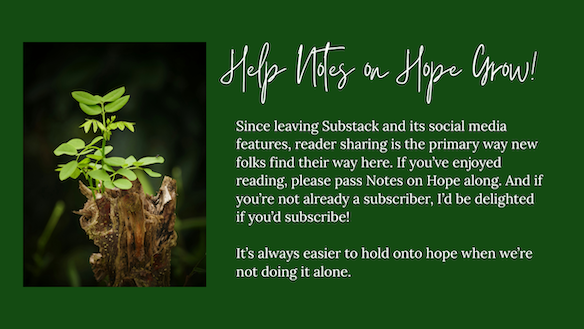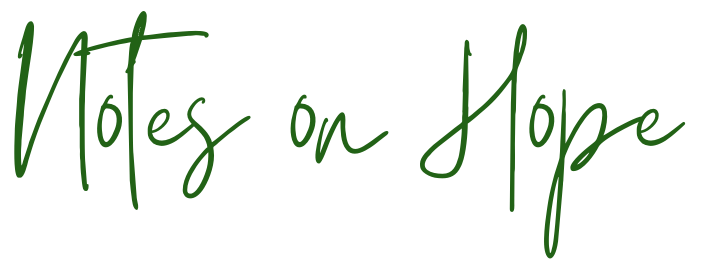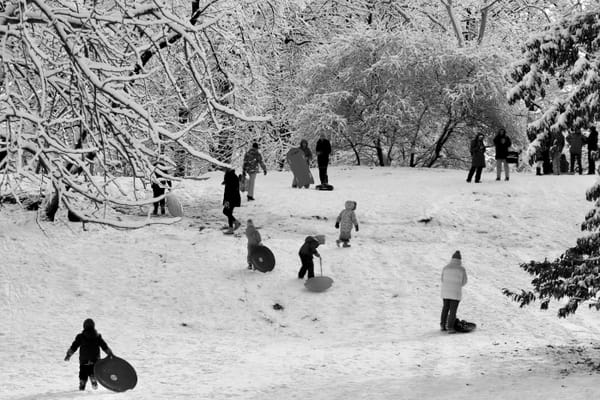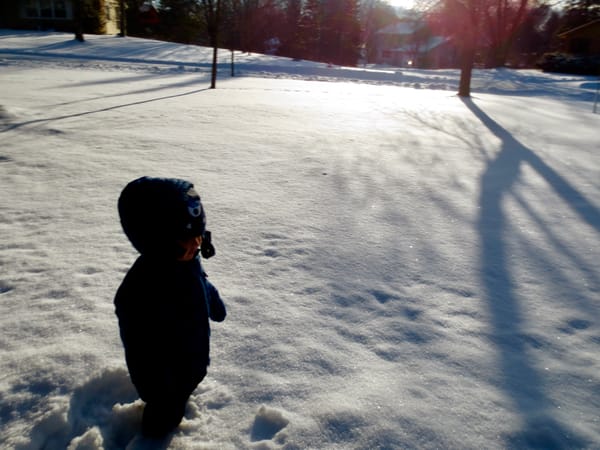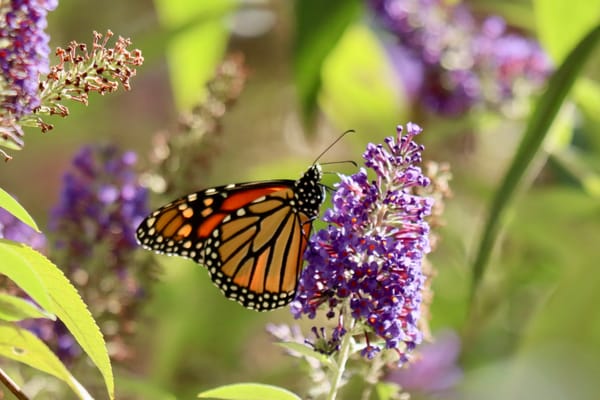Putting Children First
Join me in a thought experiment
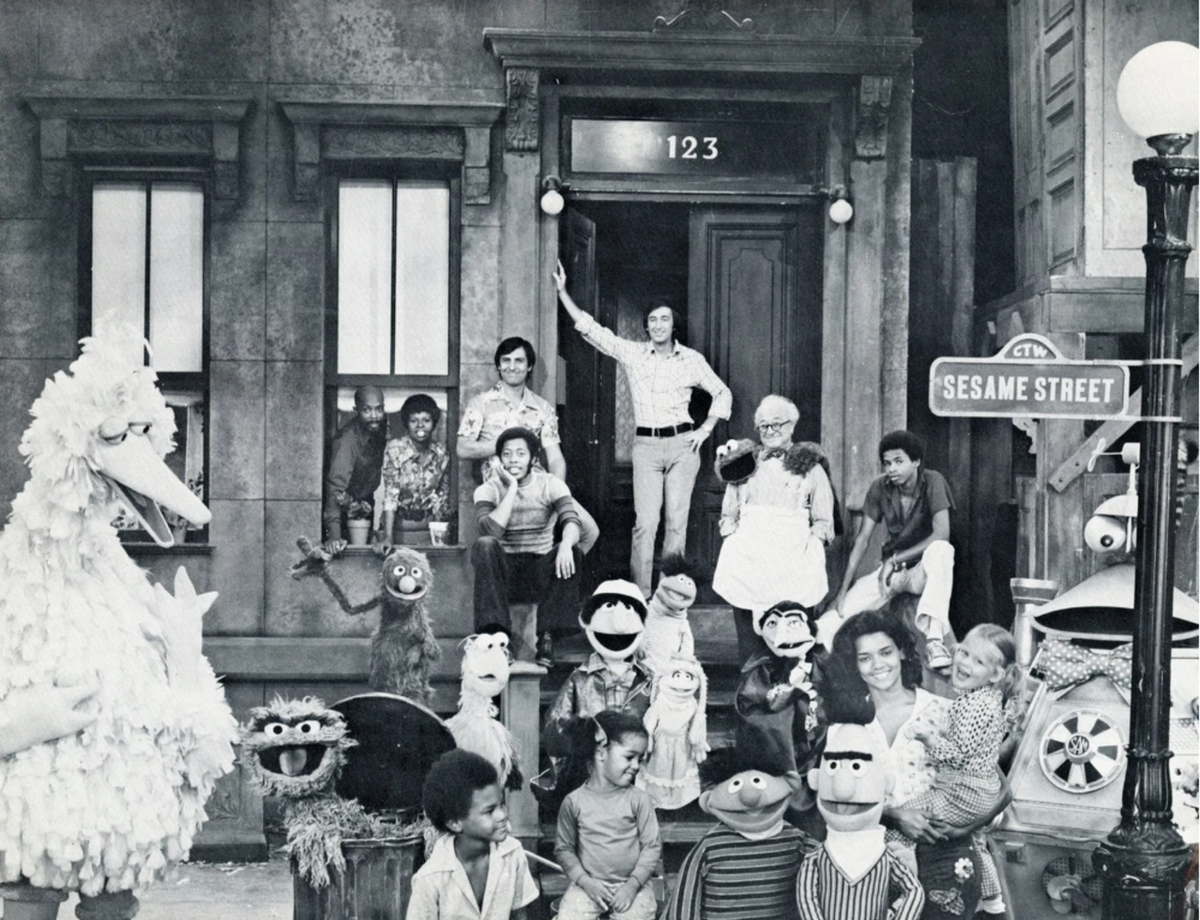
His ear fills up with breathing.
He hears the hum of a boy’s dream
deep inside him.
We’re not going to be able to live in this world
if we’re not willing to do what he’s doing
with one another.
The road will only be wide.
The rain will never stop falling.
~Naomi Shihab Nye
In the weeks leading up to the holidays, two seemingly unrelated news events became tied to one another in my mind. First, on December 13th, HBO/Max announced that they were opting out of their deal with Sesame Street to continue releasing new episodes after the current season airs. The shift from PBS to HBO in 2016 was already viewed, in some ways, as a violation of the show’s core mission, though the decision was made for complex and probably unavoidable reasons. Sesame Street was originally created to center and be readily accessible to low-income preschoolers, particularly Black children, in order to boost their early academic skills and confidence and help close the achievement gap. Though new episodes have continued to air on PBS after airing on HBO, the delay in free, public access was notable in its de-prioritization of the very children Sesame Street was created to reach—a shift that has also been reflected in the successive changes to the Sesame Street set, which was originally modeled after the streets of Harlem and the Bronx. Over time, the set has become less like a mirror of the neighborhoods it was designed to speak to and more cartoonish. Real children have also become less prominent. HBO/Max explained that the studio’s shift away from Sesame Street was due to a decision to prioritize content for adults.
The second news event, making headlines just a few days after the Sesame Street announcement, was a school shooting in Wisconsin on December 16th—the 83rd school shooting on record for 2024, closing out the year by surpassing 2023 for the most school shootings in a single year. I’ve written about school shootings more times than I can bear to count over the course of my career.
Of course, the violent trauma of a school shooting is not equivalent to a displaced children’s television show. But I think the proximity of these two stories within a few days of each other linked them in my mind, and I’ve been thinking about a central question, which I believe they both touch on, ever since: What would it mean, and what would the impact be, if we considered the needs and wellbeing of children first in every decision we made, big or small?
Children are often used as proxies for political battles and economic choices. But, as both of these events make clear in very different ways, using children for rhetorical advantage is often not reflective of actually centering and prioritizing their needs. To make the link even more direct, while I don’t believe that Sesame Street has the power to prevent school shootings (for that we need legislation), stories do shape our consciousness in significant and consequential ways. So I wonder about the impact that marginalizing children’s stories has on our ability to see and value their experiences. And I can’t help but see the prioritization of adult narratives as evidence of the ease with which we devalue children in our concrete, day-to-day actions and decisions. HBO/Max noted that their decision to favor adult content was based on “consumer usage and feedback.” The stories we tell both shape and reveal our values.
When LeVar Burton, who spent 26 years championing stories for children on Reading Rainbow, was awarded the National Humanities Medal in 2023, he said,
“The arts and humanities, in my view, are the underpinnings of civilization. Without the arts and humanities, we don’t know who we are, where we’ve been. They give context for where we’re going. All of our hopes, all of our dreams, all of our ambitions, they are all contained in these disciplines. Without them, we’re lost. I believe that humanity is meant to thrive and flourish, and that doesn't happen without context. And the arts and the humanities, they are our vessel for context.”
Burton has said that, while starring in Roots launched his career and taught him the power of television to shape public understanding, Reading Rainbow is the accomplishment he’s most proud of. Stories matter. The stories we create for and about children impact the way children understand themselves and their place in the world. And our willingness to elevate these stories also reveals our own beliefs about children and about how important their experiences really are to us.
Children’s book author and illustrator, Christopher Myers, described the relationship between children’s stories and our commitment to value children’s lives in his 2013 essay, “Young Dreamers,” in which he reflected on the connection between his work as a storyteller and image creator and the shooting of Trayvon Martin. Myers said,
“Immediately after this latest boy was shot, as the pundits and commentators circled like vultures, one said that Trayvon’s hoodie had killed him. I thought this statement to be an odd bit of rhetorical misdirection, a cynical sidestepping of the hollow-point bullet that pierced the boy’s chest. But the illustrator in me couldn’t help but mentally catalog images of black boys in hoods. I wondered: if the man who killed Trayvon Martin had read The Snowy Day as a kid, would it have been as easy for him to see a seventeen-year-old in a hoodie, pockets full of rainbow candies and sweet tea, as a threat? What might have been different if images of round-headed Peter and his red hood and his snow angels were already dancing in his head?”

Since these two events—the jettisoning of Sesame Street and the school shooting in Wisconsin—lodged themselves in my mind in December, other events have been weaving their way through this question of how we center children in our choices, on both micro and macro levels.
In Los Angeles over the past week, at least eight schools have been destroyed or badly damaged by wildfires and, as of Friday, all schools in the county were closed. In addition to the emotional trauma and the immediate safety risks, as entire communities lose their homes, a growing body of evidence suggests that the impact of wildfire smoke on children is significant and lasting, ranging from reduced immune system functioning to stunted growth and lower lung capacity. Widening to a global lens, the American Historical Association voted last week on a resolution decrying scholasticide in Gaza, where more than 80% of schools have been damaged or destroyed. The American Academy of Pediatrics has made similar condemnations of the extreme suffering of children in Gaza as well as in other zones of armed conflict throughout the world. There are numerous additional examples of decisions that highlight the discordance between the way we often speak about prioritizing children and the real choices we make as a society, from the recent defunding of childhood cancer research to the increase in child labor, both nationally and globally.
It’s easy to view all of these events as failures of policy or the unavoidable result of global conflict, often deeply rooted in history. Of course they are failures in these deep and systemic ways, and it’s important to hold those with the most power accountable for the impact that large scale decisions have on the most vulnerable. But taking this macro view can also allow us to gloss over our individual responsibility. To return to Sesame Street, I keep thinking about the HBO/Max claim that their decision to end distribution of new episodes was driven by “consumer use and feedback.” Even if this is only partially true, it begs some level of inquiry into our personal, individual role in decisions that impact children broadly. Do adults’ stories really matter more to us than those of children? And, if that is the case, does it hint at our willingness to consider children first in other choices, both small and large? How, for example, is each of us contributing to the climate crisis that has dramatically increased wild fire risk through actions that are immediately convenient to our daily adult lives, while deprioritizing the future that children will live through? Individual actions are insufficient to solve such massive problems, but they do matter, especially when they add up to collective action. And there is a cost on a spiritual and practical level to abdicating our capacity to effect change.
The Seventh Generation Principle is a Haudenosaunee (Iroquois) governing concept, which asserts that the decisions we make today should safeguard a sustainable world seven generations into the future. Humans are not particularly well equipped for such long term thinking. Our most primitive instincts urge us to focus on our immediate wellbeing and on empathizing with those closest to us, rather than those at a great distance of time or geography. However, as the mere existence of the Seventh Generation Principle suggests and as research like that of Jamil Zaki demonstrates, it is possible to cultivate our ability to extend our empathic will beyond ourselves. Yet so many of our decisions seem to fail to consider even one generation into the future, let alone seven.
So, as we head into 2025, I’d like to propose a thought experiment. Let’s call it the Next Generation Test. As we make decisions in our own individual lives, and as we consider our positions on local, national, and global policies and events, let’s endeavor to create a habit of pausing to ask ourselves, “What might the impact of this choice or perspective be on children?”
Try to make it a reflex to ask this question frequently, not only as it pertains to big issues. Whether grocery shopping, choosing a mode of transportation, commenting on social media, or taking a political position, pause and ask yourself, “What am I modeling, elevating, or sacrificing for children?” Challenge yourself not to think about this question in direct relation to your own children or the children in your most immediate life. Instead, make a conscious cognitive effort to frame it as a question directed at children more broadly and at their future. Pretend that the audience for Sesame Street is your audience.
The particular form of hope that I try to cultivate in these notes is gritty enough to recognize that it isn’t actually possible to anchor every choice in our daily lives in a perfectly ethical stance. We don’t live our lives in a vacuum, and so many variables, systems, and circumstances conspire to make it exceedingly difficult to act on our values. It can also be genuinely difficult to discern a clear good when so many situations entail complex, nuanced harms. Additionally, I don’t expect that a Next Generation Test would eliminate all disagreement. In fact, on some issues, centering children would likely make our differences even more virulent, as we have seen in debates over topics as seemingly benign as the selection of children’s library books.
However, there are also many circumstances in which I believe we readily look past demonstrable harm to children and the future they will inherit, not because we disagree on principle, but because, as Zaki describes, it is difficult to extend our empathy beyond the present moment and the people closest to us. Doing so requires conscious, intentional effort and practice.
So, let’s give this experiment a try together. I am genuinely curious to find out if building a habit of taking a moment to ask yourself this reflective question alters any decisions or perspectives in your life, even in seemingly small ways, or leads you to take any action you might not otherwise have taken. I’m also curious about whether considering children first in our decisions actually improves our own adult wellbeing, too. I would love to be able to write a follow-up piece at some point in the future sharing any anecdotal data we can come up with together. So please feel welcome to share any discoveries you make by implementing this experiment in your daily thought patterns, either in the comments or by sending me a message directly. Let’s see if we can work together to nudge the needle of “consumer use and feedback” in our own lives more in the direction of children and their future.
Christopher Meyers’ “Young Dreamers” essay ends with the following words,
“There are children with fear in their hearts, there are children in caskets, and it is up to us to help the next generations avoid those fates. Now I will go and write something for those kids, all of them, and it will be funny, I hope, because there are enough sad things in the world, because we are most human when we laugh with one another, feel with one another. This is the point of literature, to widen our view beyond ourselves, to take part in that implied and idyllic community of readers. As a lucky member of that community, who also can make such books, I have a responsibility, one I share with all of you, to create that world in which we want to live, a world with fewer children in caskets. The stories we tell and support, the ones that are funny, or sweet, or heartfelt, are the best way to turn that responsibility into a reality.”
Let’s all take up this challenge together, both in the fictional stories we lift up and in the real stories we create, as our voices and our actions shape the arc of the narratives that children will live.
With hope for the future,
Alicia
